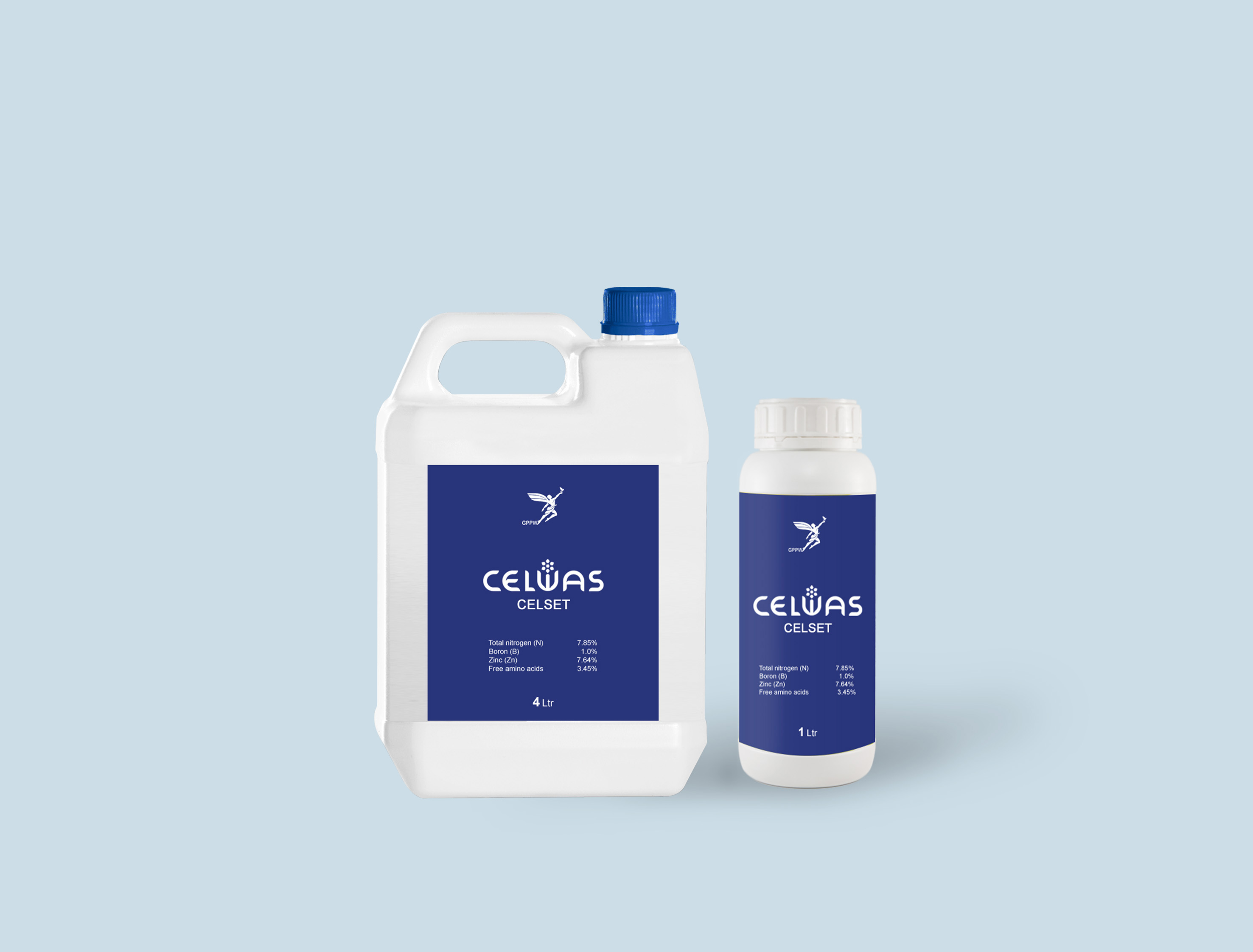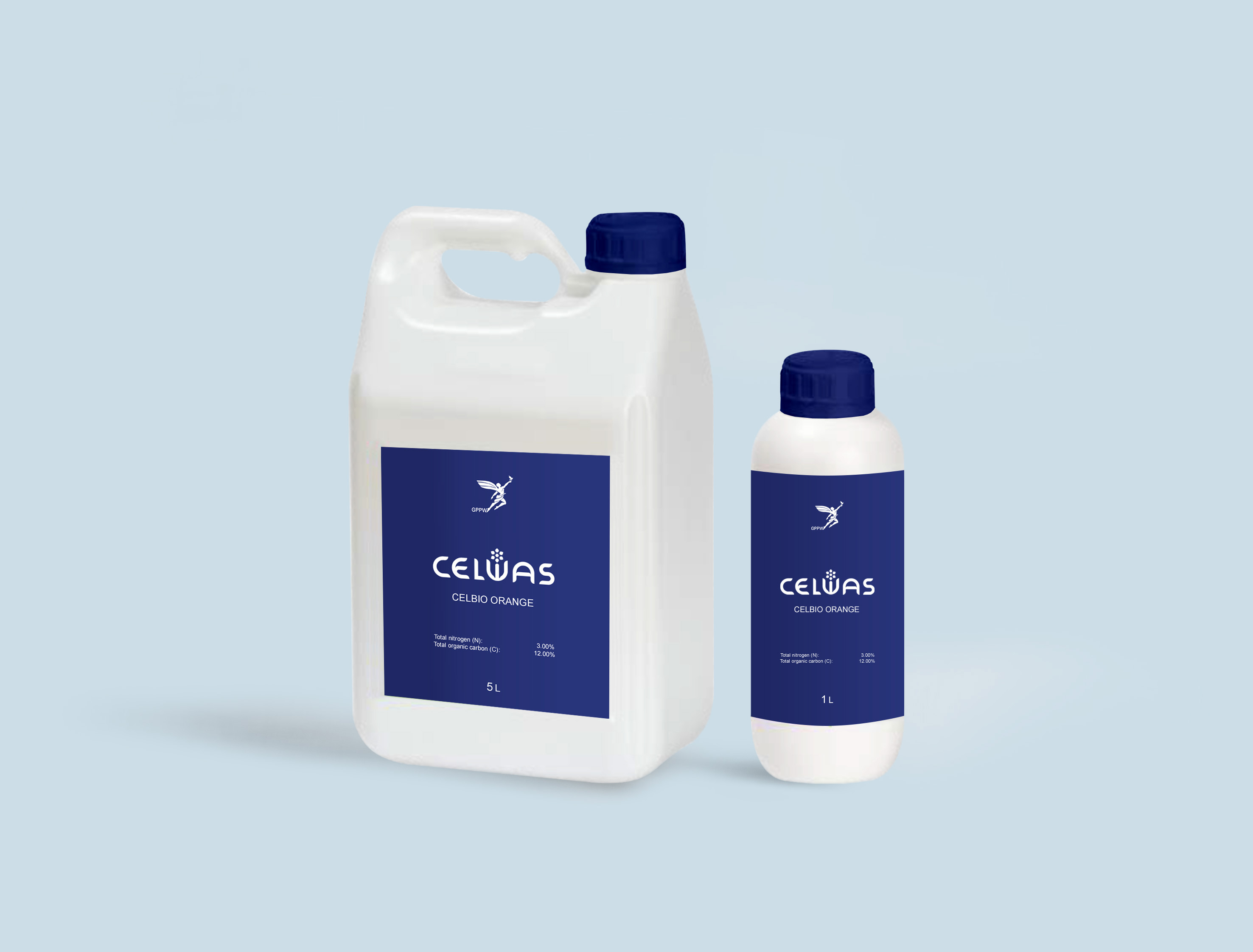
Composition:
Total nitrogen (N): 3.0%
Total organic carbon (C): 12.0%
CELBIO Orange is a resistance inductor based on sweet orange essential oil obtained by an original cold-pressing process from an original cold-pressing process of fruit and peel.
The “double” action of the product makes it an essential weapon in the fight against pests and diseases. The active ingredient, belonging to the chemical group of terpenes, guarantees a remarkable speed of action and the absence of residues in the produce, in fact it has a safety interval of only three days, on all crops.
CELBIO Orange also has an important eradicant action, capable of reducing the inoculation potential of diseases already present on plants (spores, cones, mycelium, sporangia), it also acts on target insects by dehydrating them.
CELBIO Orange is an increasingly strategic resistance inducer because it is complementary or alternative to several molecules subject to withdrawal, affected by “resistance” or reduced dose per hectare.
In copper-based strategies against grapevine downy mildew, CELBIO Orange is the ideal partner for the highest levels of effectiveness.
– In the early stages of vegetation, Biocare Orange can reduce the intensity of primary infections, at which time it is applied alone (also effective against primary powdery mildew) or in a mixture with reduced copper doses.
– between fruit set and cluster closure, stages in which the defence is aimed at protecting the cluster, it is necessary to intervene Cluster protection, it is necessary to intervene 2/3 times with adequate doses of copper (e.g., 700/800 g/ha) always in a mixture of CELBIO Orange.
– from the post-closing of the bunch to the closing of the harvest, thanks to the safety interval of only three days, it is possible to intervene more than 1/2 times with Biocare Orange. Experience has also shown the validity of post-harvest interventions to reduce overwintering organ formation in the of powdery mildew overwintering organs (cleistothecae).
This innovative strategy can significantly reduce disease pressure in the following year in heavily infected vineyards. On pome fruit, apply a dose of 250-300 ml/hl with 1–1.2 hl/ha (maximum 3 litres of product per hectare), for a total of five applications per year. The only caveat is that the maximum concentration of 400 ml/hl should not be exceeded when using sprayers operating at medium-low volumes (e.g., 6-8 hl/ha).
Package: 1 L, 5 L, 25 L
Other products in this category:
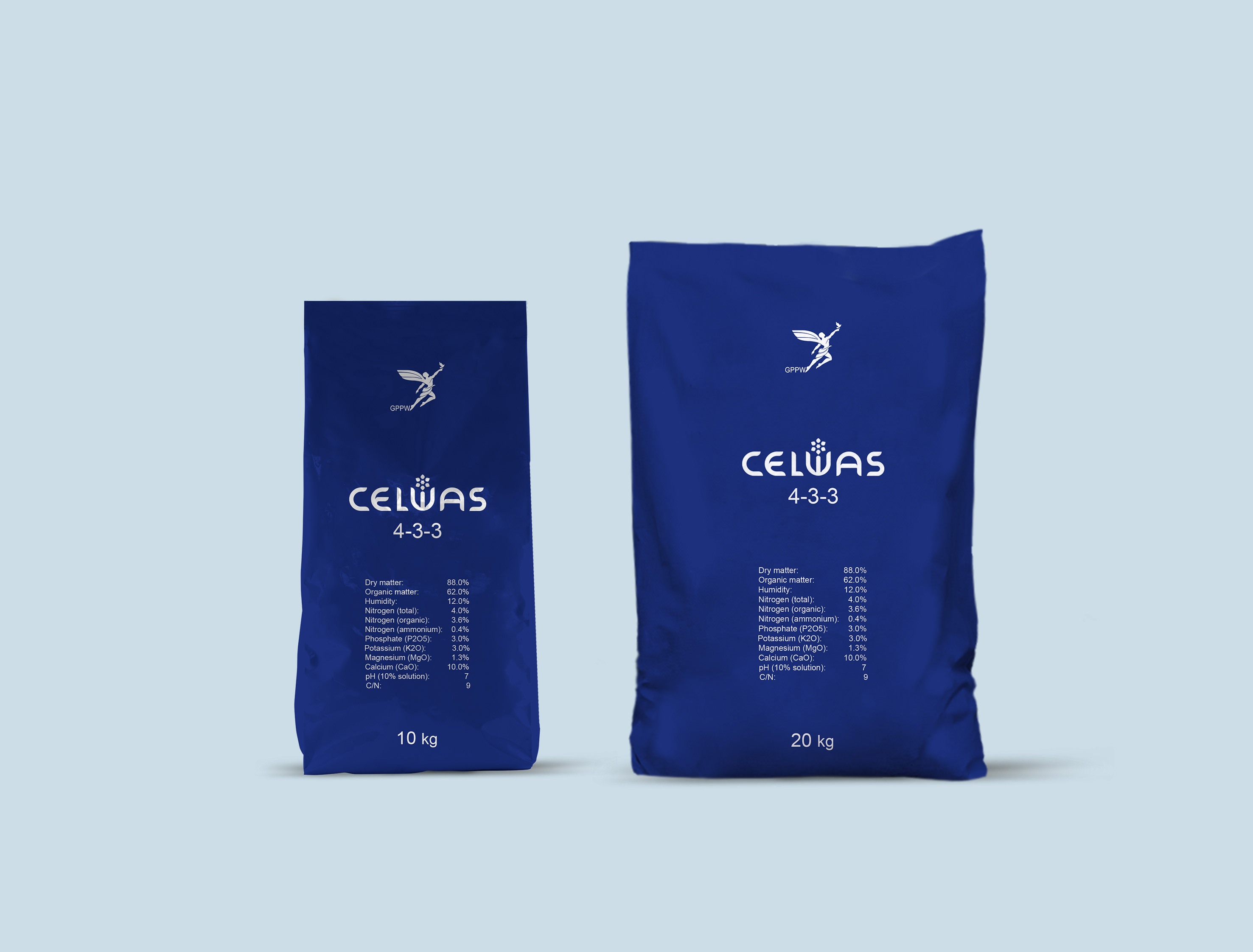
CELFERTI 4-3-3organic fertilizer
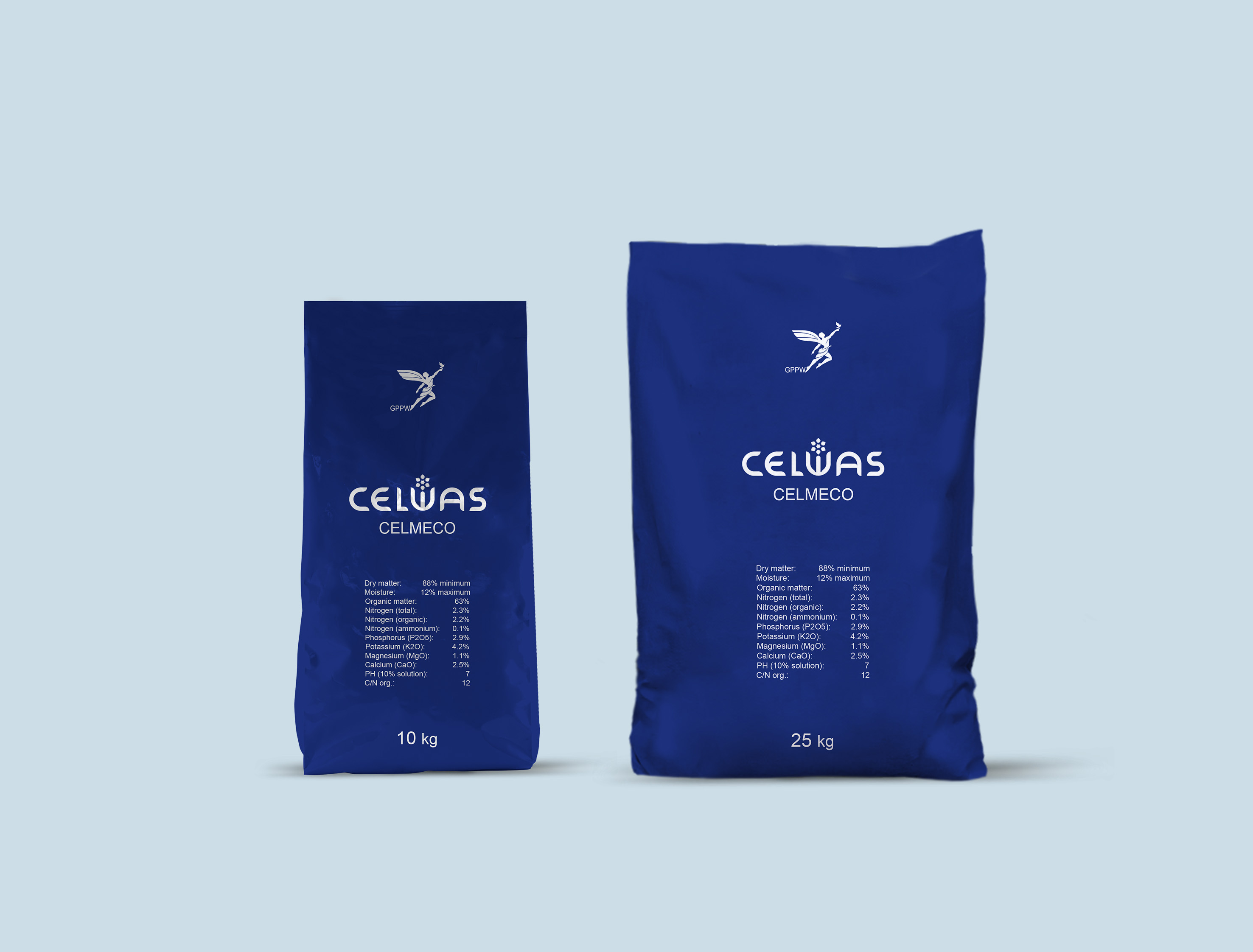
CELMECOorganic fertilizer
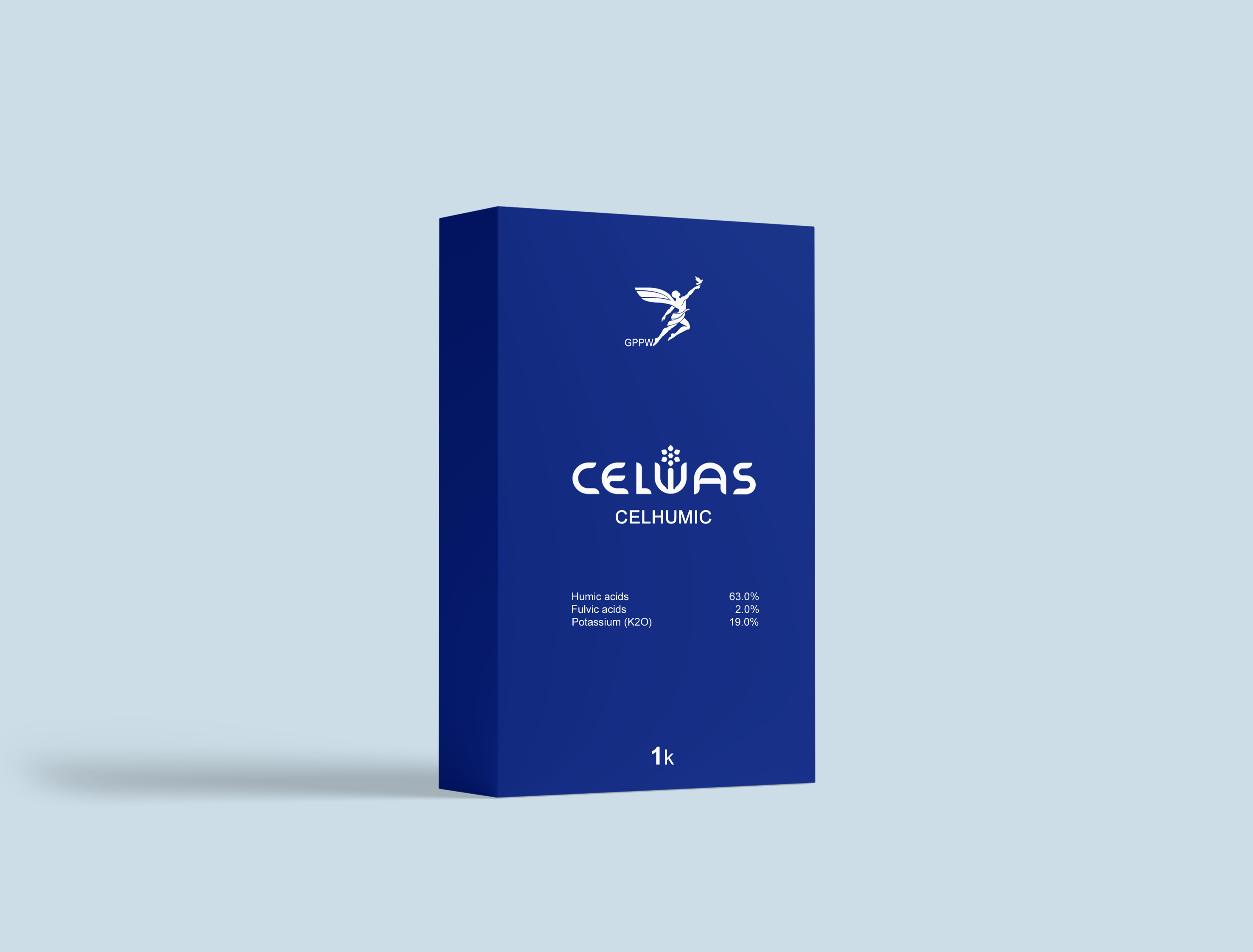
CELHUMICsolid humic fertilizer
